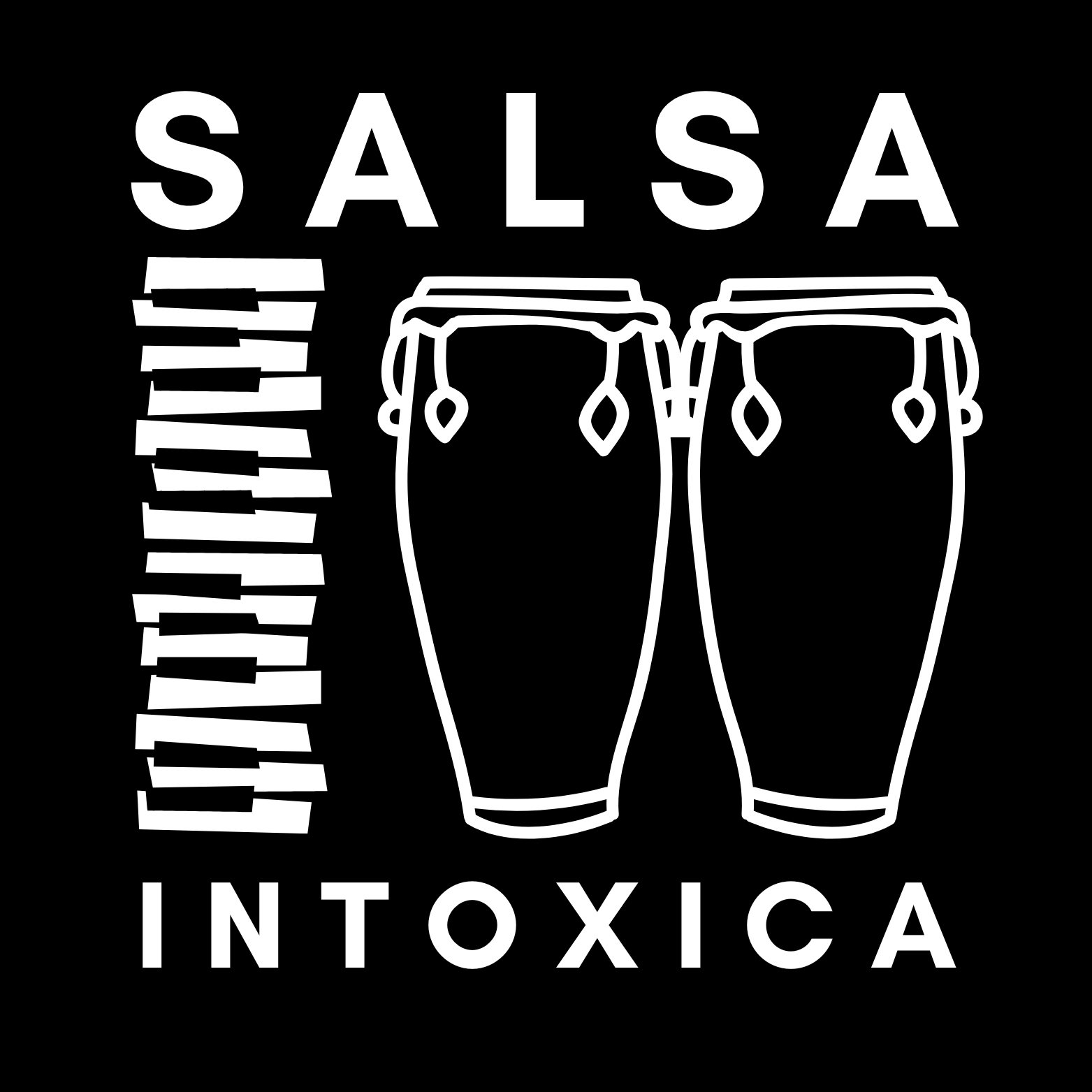Strictly is back on our screens, and with it the amazing bodies of the female professional dancers strutting their stuff in those gorgeous, sparkly, and sometimes skimpy costumes. Strong, fit, flexible and toned, it’s hard not to be envious. What woman wouldn’t want a body like that…
Over the years I’ve worked with many women on weight loss, body transformation and self image, and although many have said in jest how they would love to have that look, few believed it was possible unless you were genetically built that way.
This belief was probably built around their experience of gym training and traditional weight loss regimes. Lots of effort and deprivation over many weeks and months, centred around doing shit that you don’t enjoy for very little reward. But that doesn’t mean a dancer’s physique isn’t possible, you just won’t find it in the gym. It doesn’t matter how much time or effort you put in, that type of training will not give you that body. Ever.
Here’s why:
Form is governed by function, Function produces form. All this means is that your body will be a product of what you make it do most often. And what you make it do will dictate how it looks and performs. Simple.
In order to dance well, you have to have strong neurological connections with all the fine motor muscles – the ones that produce small, delicate and subtle movements – as well as the bigger, global muscles that produce gross movement.
When you workout in a gym or class, those smaller muscles just aren’t required, so your nervous system forgets how to signal them to fire. But these muscles are crucial to controlling the accurate placement and positioning of any body part in space which is the trademark of a trained dancer – and why those without dance training look so different.
It’s the work you do to develop these fine muscles that produces the lean, sculpted look without the bulk effect. That can be achieved purely by dancing to a degree, but it’s actually the process of practicing controlling those muscles over and over again which tones them and gives you the cat-like fluidity to your movement. A couple of times a week won’t produce the desired result. They have to be utilised on a daily basis.
This is achieved using body isolation drills for the rib cage, hips, shoulders, arms and neck, and also drilling specific movement sequences such as body waves and ripples.
The most striking difference between a dancer’s body and anyone else is posture. Good posture can’t be achieved by trying to make yourself stand up straight and pull your shoulders back every time you notice them slouching. It’s only created by gaining an inner holding strength and endurance of the deeper stabiliser muscles of the shoulder blades, hips and spine.
Posture is the product of the movements you make most often.
If you perform an activity – like dance practice – over and over on a daily basis, these muscles will be forced to adapt and strengthen. In fact, the weakening of these muscles is the root cause of many niggles, aches and pains attributed to age.
My stomach was my nemesis for many years. It didn’t matter how or how often I trained it…nothing flattened it until I started performing body isolations from a standing position on a daily basis as part of my Salsa practice routine.
This is one reason why Pilates classes don’t always translate into better posture…because mostly they’re floor based, and only done a couple of times a week. That’s just not enough to create permanent change.
Having said all this, there are non-dance exercises that I’ve used over the years with my clients that do create postural changes and can accelerate progress towards the elusive dancer’s physique, though they are no substitute for dance based isolation drills.
There are eight stages to facilitating the postural, neurological and muscular adaptations that produce a functional dancer’s body:
- Mobilisation – reconnection and enhancement of proprioceptive input using global movement muscles.
- Activation of dormant neurological pathways
- Stabilisation of deep postural muscles using inner range holding
- Body Isolations – ribcage, shoulders
- Integrated movement sequencing – figure 8, body waves etc
- Flexibility – aggressive techniques to procure increased ROM purely for dance aesthetics
- Strength – bodyweight strength training
- Power – speed x strength, plyometrics, jumps and leaps
If you want to learn all my secrets about how to get that dancer’s physique, my Lady Intoxica Body Transformation Programme has this exact system built into it. I take you step by step through the whole process using a mixture of hands on physical therapy, rehab exercises, and dance drills so you are guaranteed to have that leaner, toned, elegant and graceful look within a few short months.
